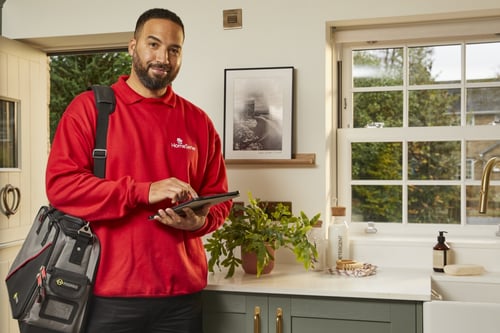How we deal with leaks
Detecting and stopping leaks is a top priority for us. Take a look at the steps we take to tackle leaks.
How to report a leak
If you spot a leak, it’s best to check our website first. We keep a live account of leaks and bursts on our online digital map and we might already be aware of the leak. Check our live incident map to see if the leak has already been reported.
If the leak hasn’t been reported, our report a leak tool will ask you for some of the following information. If you phone us please have this information to hand:
- The location of the leak (you can use What3Words to give precise details)
- If it’s a trickle, steady flow, or fast flowing
- How long it’s been leaking
- If it’s causing a hazard (such as blocking a pavement or causing a flood)
- Your contact details
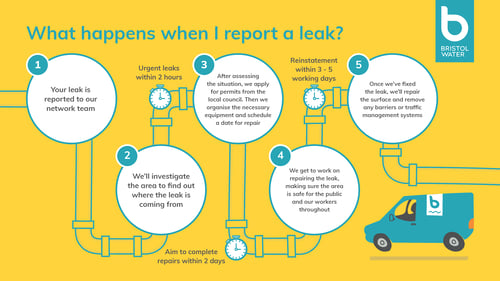
What happens when I report a leak?
Step 1: A leak report
If you spot a leak, you can report it online. We might already be aware of the leak, so it's helpful to check the "reported leaks" section (found under "map layers") of the live map before reporting it to us.
For urgent issues, you can give us a call on 0345 702 3797 so we can send a member of our team out to investigate as soon as possible.
As well as responding to emergencies, we also have teams that monitor for leaks around the clock.
Step 2: Investigation
A member of our network team inspects the area to find out what’s causing the issue. We prioritise leaks by the amount of water being lost, the impact on customers and the damage the leak is causing.
Urgent leaks (within 2 hours) – when the leak is affecting supply, causing health and safety hazards or causing damage or flooding, a member of our team will be there as soon as possible.
Serious leaks (within 24 hours) – when the leak is not affecting supply but there's a significant amount of water being lost.
Less serious leaks (up to 3 days) – all other leaks.
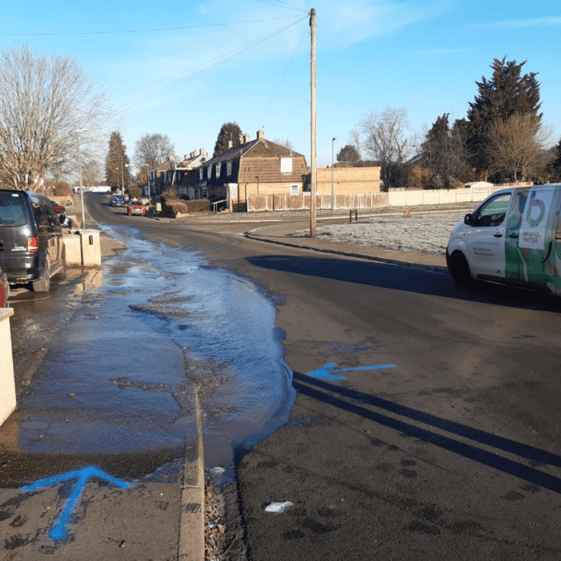 Example of an urgent leak (above).
Example of an urgent leak (above).
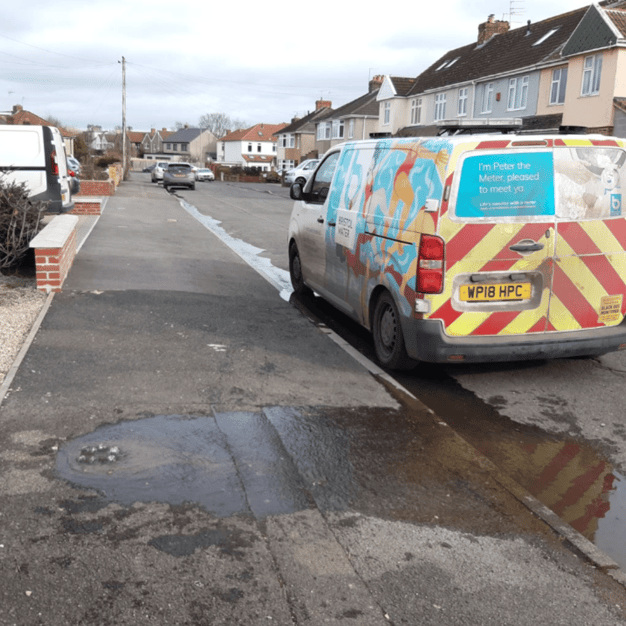 Example of a serious leak (above).
Example of a serious leak (above).
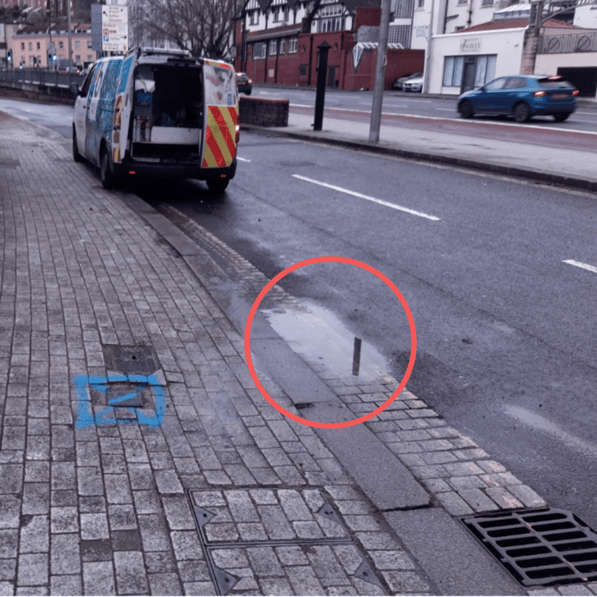 Example of a less serious leak (above).
Example of a less serious leak (above).
Step 3: Planning repairs
We look at the scale and complexity of the work involved. We’ll always look to minimise the impact on customers, businesses and roads.
After assessing the situation, we’ll schedule a date for repair and organise the necessary equipment.
If the leak takes place on a road, we’ll liaise with local authorities to find the least disruptive solution so that we can carry out repairs safely. Where there are visible leaks, the repairs will usually be completed within 2 days.
Once we obtain permits and permission, the work is scheduled.
Organising road closures or temporary traffic control measures can also take a bit more time to sort out.
Step 4: Repair
When our engineers start work on repairing a leak, we might have to turn off the water supply, dig up the road or sometimes both. We’ll always let you know before we turn off your water supply, whether it’s a phone call, text message or a knock at the door.
Whilst the repair is ongoing, we’ll make sure the area is safe for the public and our workers.
Step 5: Restore
Once we’ve repaired the leak, we’ll turn the water supply back and we’ll get to work on repairing the surface, whether it’s a road, footpath or green space.
When the resurfacing work is complete and the replacement surface has dried, we’ll remove any barriers or temporary traffic controls.
We’ll get things back up and running within 3 to 5 working days.
Stay up to date with incidents in your area
Our email and SMS alerts let you know everything we are up to in your area. We'll tell you about any problems and where future work is planned.
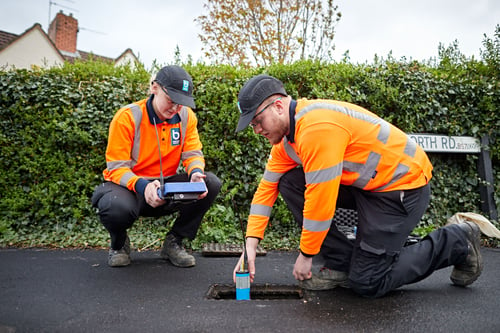
Why do leaks happen?
Although we do all we can to prevent them, sometimes we experience leaks in our network. Pipes can burst and cause leaks due to the age of the pipe, ground movement (this is especially common during sudden changes in temperature) or leaking fittings.
Many older pipes are made from cast iron which is more brittle than modern ductile iron or plastic water mains, and we tend to see more bursts or leaks in the older mains. We’re continually working on renovations across out network to update our older pipes to more modern materials.
Our network of pipes covers over 7,000km within South West England. We know that water is a precious resource, and we’re doing all we can to look after it. That’s why we’re always on the lookout to find and fix leaks as quickly as we can.
Plumbing and drainage cover
Trust HomeServe’s plumbing and drainage cover, just £1* a month in the first year.
